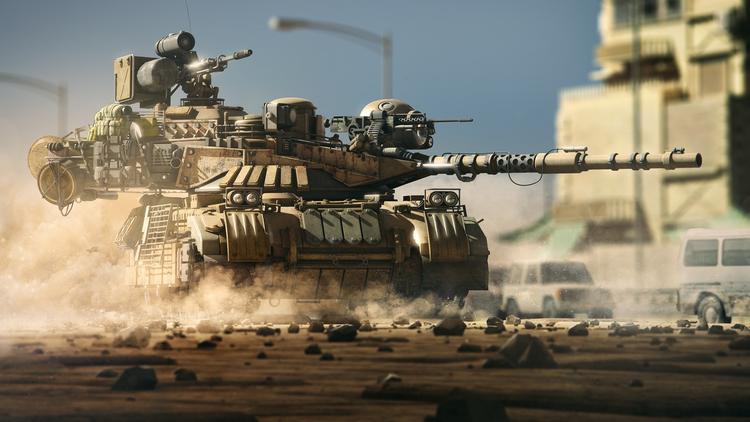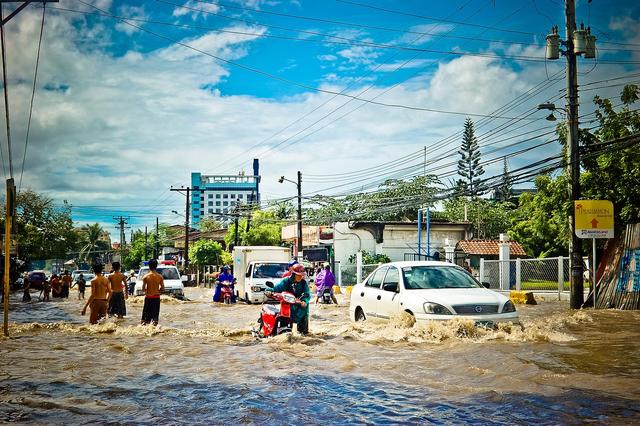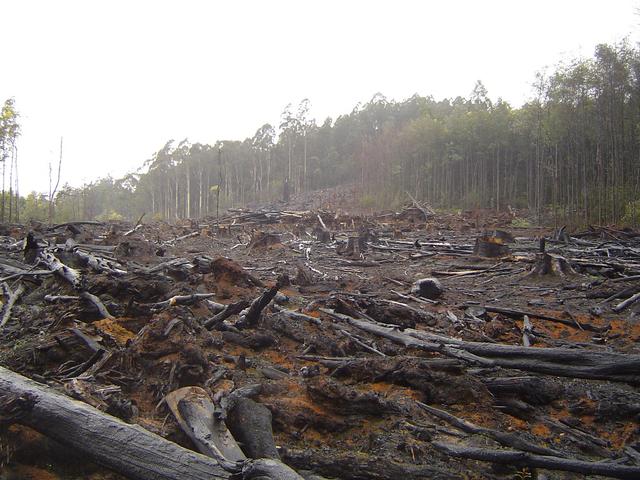Myths about teaching can hold you back
- Year 6
Food and climate change
I can describe ways in which food systems contribute to climate change and investigate possible actions that can be taken to reduce the carbon footprint of food.
- Year 6
Food and climate change
I can describe ways in which food systems contribute to climate change and investigate possible actions that can be taken to reduce the carbon footprint of food.
These resources will be removed by end of Summer Term 2025.
Switch to our new teaching resources now - designed by teachers and leading subject experts, and tested in classrooms.
These resources were created for remote use during the pandemic and are not designed for classroom teaching.
Lesson details
Key learning points
- Farming and food production are major causes of climate change.
- All of the stages of the journey of food, from where it is grown or made to our plates, have a carbon footprint.
- Different types of food and stages of a food’s journey emit different amounts of greenhouse gases.
- There are many different ways to take action to reduce the carbon footprint of food.
Keywords
Climate - Climate is an average of weather conditions (e.g. rain, sun, wind) in a place taken over a long period of time (usually 30 years or more)
Atmosphere - The atmosphere is the layer of gases that surrounds Earth. It includes the oxygen we need to breathe, so it is essential for life on Earth
Emission - An emission is something that is released into the world. An example is the release of carbon dioxide when we breathe out
Carbon footprint - A carbon footprint is a measure of the total amount of greenhouses gases that are released as a result of our actions
Agriculture - Agriculture is the science and practice of cultivating soil and farming
Common misconception
Difficulties in understanding the science of climate change.
There are many resources about the causes and impacts of climate change available online.
To help you plan your year 6 geography lesson on: Food and climate change, download all teaching resources for free and adapt to suit your pupils' needs...
To help you plan your year 6 geography lesson on: Food and climate change, download all teaching resources for free and adapt to suit your pupils' needs.
The starter quiz will activate and check your pupils' prior knowledge, with versions available both with and without answers in PDF format.
We use learning cycles to break down learning into key concepts or ideas linked to the learning outcome. Each learning cycle features explanations with checks for understanding and practice tasks with feedback. All of this is found in our slide decks, ready for you to download and edit. The practice tasks are also available as printable worksheets and some lessons have additional materials with extra material you might need for teaching the lesson.
The assessment exit quiz will test your pupils' understanding of the key learning points.
Our video is a tool for planning, showing how other teachers might teach the lesson, offering helpful tips, modelled explanations and inspiration for your own delivery in the classroom. Plus, you can set it as homework or revision for pupils and keep their learning on track by sharing an online pupil version of this lesson.
Explore more key stage 2 geography lessons from the Farms and factories: where does our food come from? unit, dive into the full primary geography curriculum, or learn more about lesson planning.

Content guidance
- Risk assessment required - equipment
Supervision
Adult supervision required
Licence
Prior knowledge starter quiz
6 Questions
Q1.Hunger is an issue that affects people in...
Q2.How can natural disasters cause hunger?
Q3.What cause of hunger does this image show?

Q4.What cause of hunger does this image show?

Q5.Put these statements about the flooding issue in Pakistan.
Q6.Which of these are long term actions to reduce hunger?
Assessment exit quiz
6 Questions
Q1.Match the key word with the correct definition.
something that is released into the world
the layer of gases that surrounds Earth
release of gases into Earth's atmosphere that trap heat
Q2.Which gas is released by cows?
Q3.How can deforestation, shown in the image, cause climate change?



